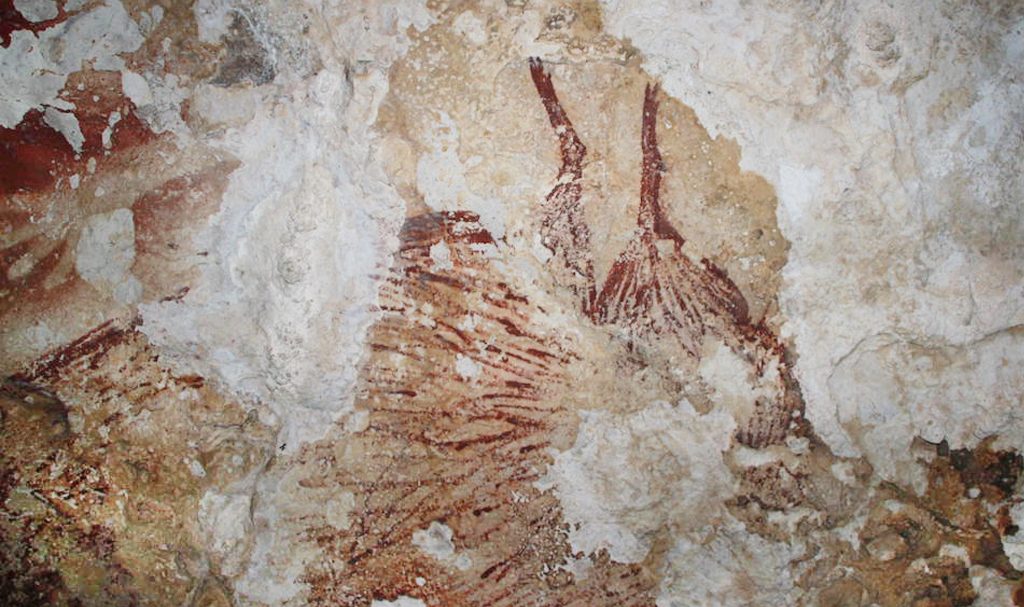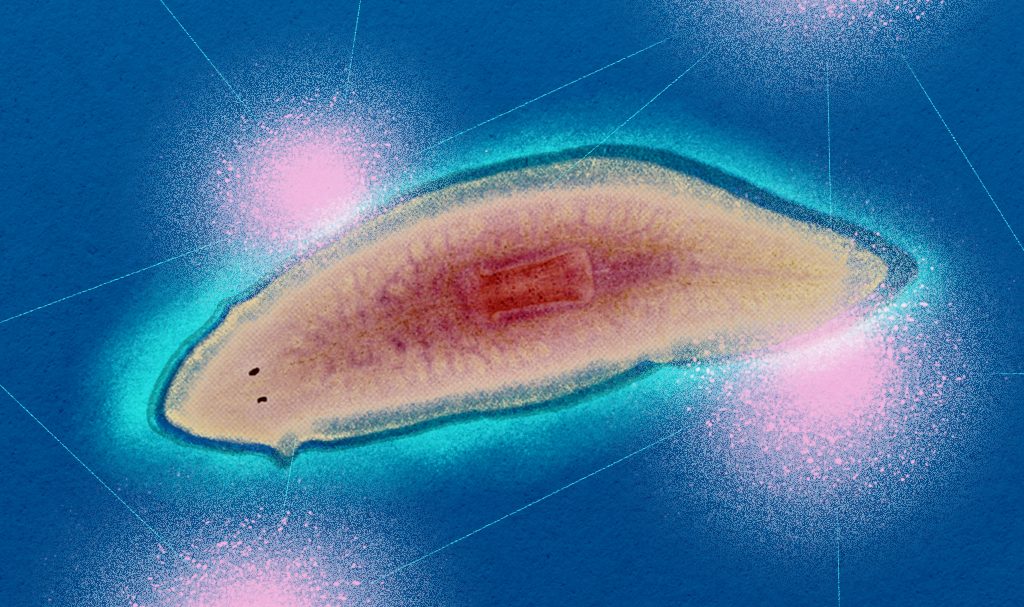[ad_1]
AsianScientist (June 1, 2021) – Be it climate change, COVID-19 or dengue, scientists in the region are tackling the world’s most persistent issues head-on and laying the foundation for effective solutions.
In this month’s top stories, discover climate change’s effects on Asia’s rich cultural heritage, the key differences between SARS-CoV-2’s emerging variants and the impact of lockdowns on dengue incidence. If you’d like something more out of this world, read about China’s latest Martian milestone or the unique biology of decapitated flatworms.
To keep you updated on the latest scientific discoveries from Asia, here are some of our highlights from May 2021.

Set to explore a jam-packed itinerary of ancient mud volcanoes and subsurface ice, China’s Zhurong rover landed on Mars last May 15, 2021. With this landing, China has become the third country ever to successfully land a rover on the Red Planet—and the first to accomplish such a feat on the first try.
Arriving on a relatively featureless expanse called the Utopia Planitia, the six-wheeled Zhurong is equipped with high-resolution cameras to record the planet’s physical features, lasers to analyze soil chemistry as well as radars to detect ice beneath the surface.
In addition, Zhurong will be the first Mars rover to survey the planet’s magnetic field—potentially providing clues into how the planet lost its atmosphere to become the cold and barren landscape that it is today.

Roughly 44,000 years ago on the Indonesian island Sulawesi, ancient humans created the world’s oldest animal cave painting—a life-size depiction of the Celebes warty pig. However, in recent years, this artwork and others like it have deteriorated at a record pace.
The surprising culprit behind this rapid degradation? Salt. As the artworks are located in the most atmospherically dynamic region, the area undergoes repeated changes in temperature and humidity, creating the ideal conditions for salt crystallization. When salt crystals form on rock surfaces, they may cause the rocks to break apart.
With the increasing frequency of extreme weather events caused by climate change, long term conservation efforts and monitoring are needed to protect ancient rock art especially in tropical regions.

As lockdown measures continue in Singapore, a recent study has revealed that cabin fever is from the most pressing concern when stuck at home. In 2020, the country experienced its largest dengue outbreak to date, with over 35,000 people infected and at least 29 deaths. Interestingly, this increase in dengue cases coincided with the country’s circuit breaker measures to stem COVID-19 transmission.
In contrast, dengue cases decreased among migrant workers during the same period. According to the researchers, keeping workers within frequently sanitized dormitories may have lessened their risk of getting dengue, compared to when they would spend long days at outdoor worksites pre-pandemic.
Ultimately, the study shows that until vaccinations are completed, it is essential to stay vigilant even at home by eliminating pesky, dengue-carrying mosquitoes.

As vaccines roll out and countries emerge from months-long lockdowns, emerging SARS-CoV-2 variants are threatening to derail our progress against COVID-19. Similar to other viruses, errors occur when SARS-CoV-2 replicates. Though these errors are typically inconsequential, sometimes they can enhance the virus’ ability to infect, cause disease or evade the immune system.
One variant in particular, B.1.1.7, is believed to be up to 50 percent more infectious than the wildtype SARS-CoV-2 virus, with mutations that help it better infect human cells. To combat such mutations, researchers are looking to scale up the manufacturing of existing vaccines and even develop vaccines tailored to each variant.

From salamanders to starfish, animals that can regrow lost tails or limbs are nothing new. In a surprising addition to the list of self-regenerating creatures, researchers from India have discovered that flatworms can survive and even detect light without their heads.
While the flatworms can normally detect a broad wavelength of visible light with their eyes, even their decapitated siblings were observed to move away from an ultraviolet light source. According to the team, this indicates that flatworms possess an eye-independent light-sensing system that responds to a limited range of ultraviolet light.
Overall, their findings offer unique insights into the coexistence, development and evolution of two independent light-sensing systems in a single organism.
Copyright: Asian Scientist Magazine; Illustration: Alexandra Valino/Asian Scientist.
Disclaimer: This article does not necessarily reflect the views of AsianScientist or its staff.
[ad_2]
Source link